To learn more about certifications and requirements: www.CSIA.org & www.NADCA.com
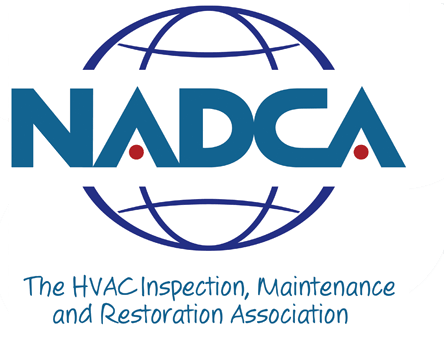
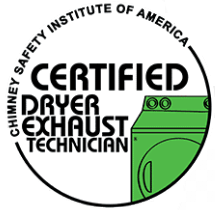


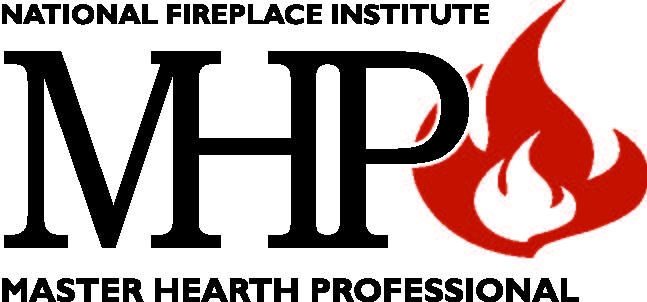
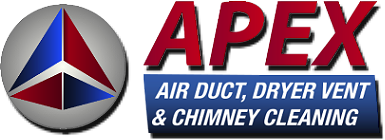

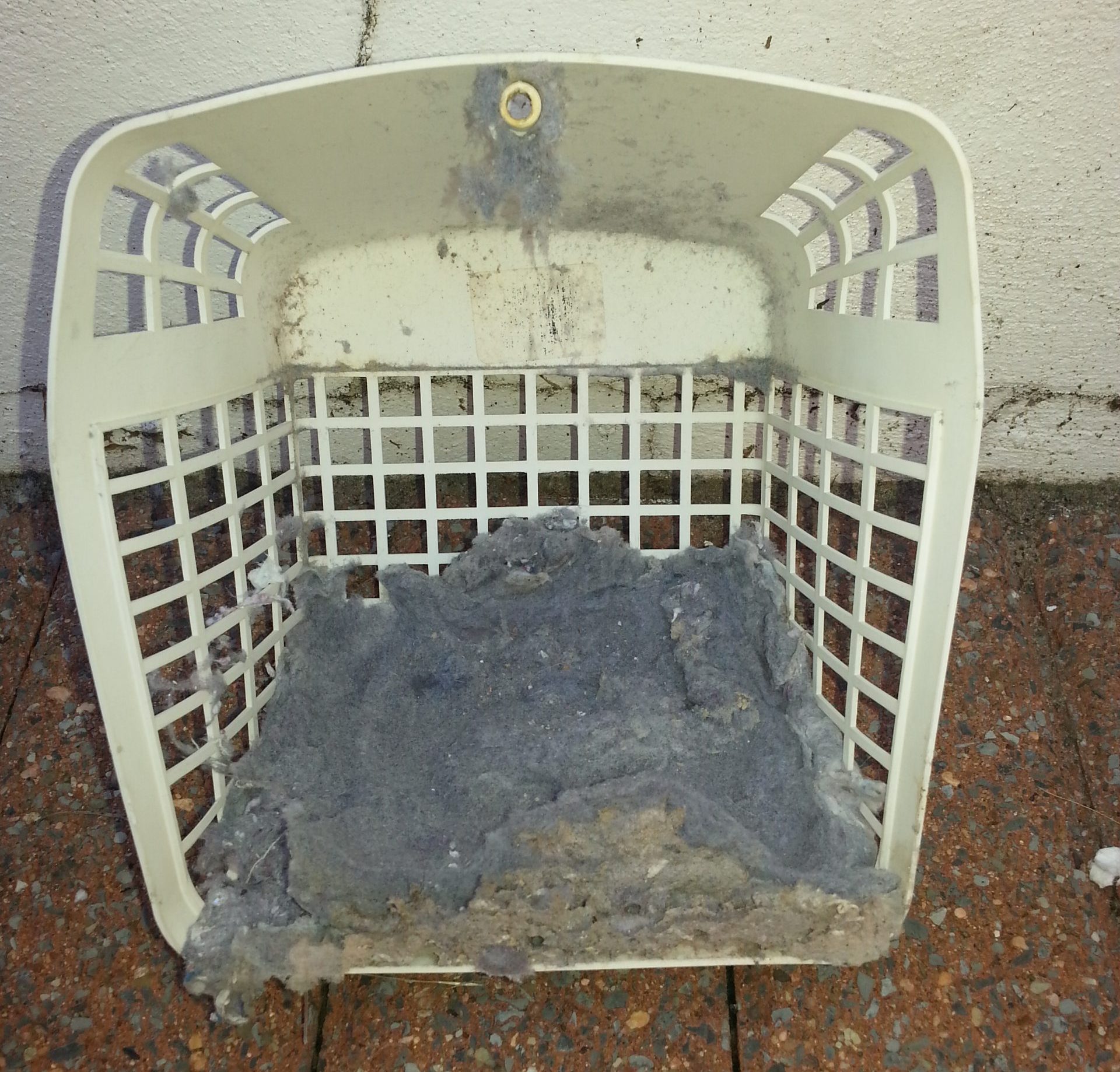

Bird guards can become a fire hazard and can cause trouble for your dryer. Here’s why:
These types of hoods are susceptible to birds entering the dryer vent. Here’s a helpful video on this topic:
This plastic four-inch hood has a single flap, this is susceptible to birds entering the system, like the louver style. It is common for these types of hoods to dry-rot and crumble after a few years.
The metal vents that Apex recommends are considered top-of-the-line in the industry. It’s made from powdered- coated Galvalume steel and has a lifespan exceeding 20 years. The design of this hood prevents birds and rodents from entering the vent.
Plastic bathroom covers are a suitable choice because they come with a built-in protective screen behind the flaps to prevent unwanted entry.
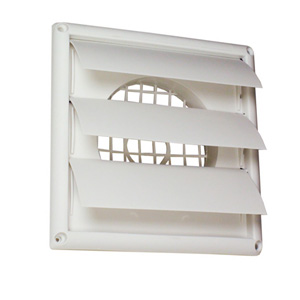
It’s important to know that we prioritize providing you with the best options, regardless of the specific product you choose. Our goal is to use our expertise to serve your community’s needs.
Townhomes/Condos with roof vents require specific attention for lint removal.
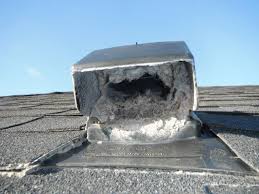
These hoods tend to collect lint, some have screens that were never removed during installation. If the dryer exits the roof, the roof hoods need to be cleaned from the roof and not just blown out from inside, which also causes the lint to collect on the roof.

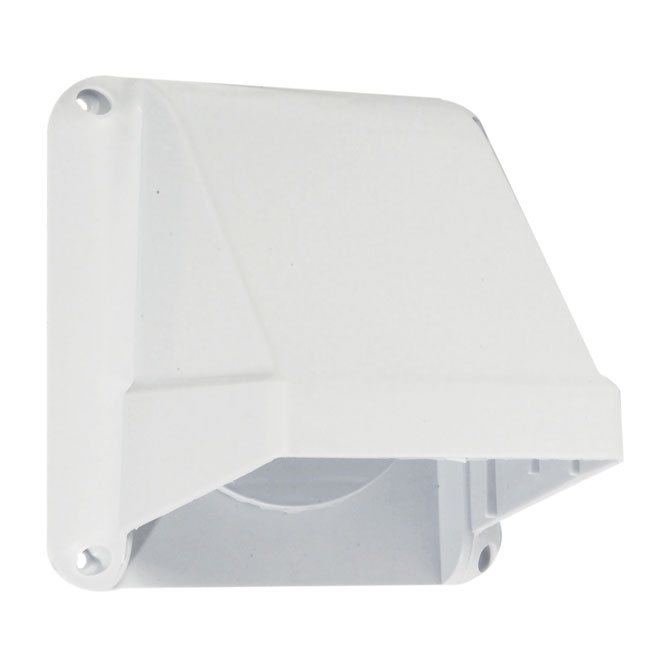


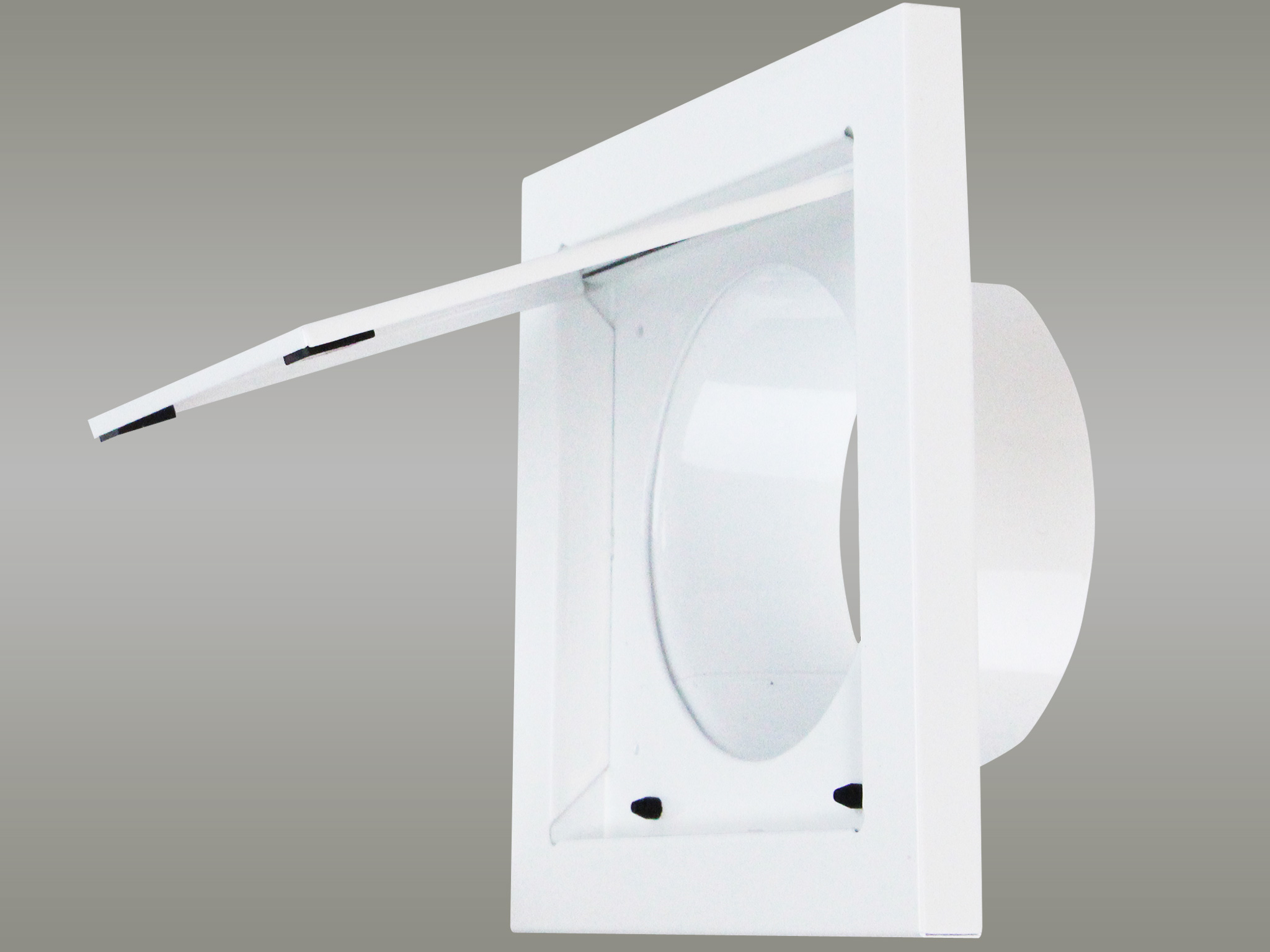
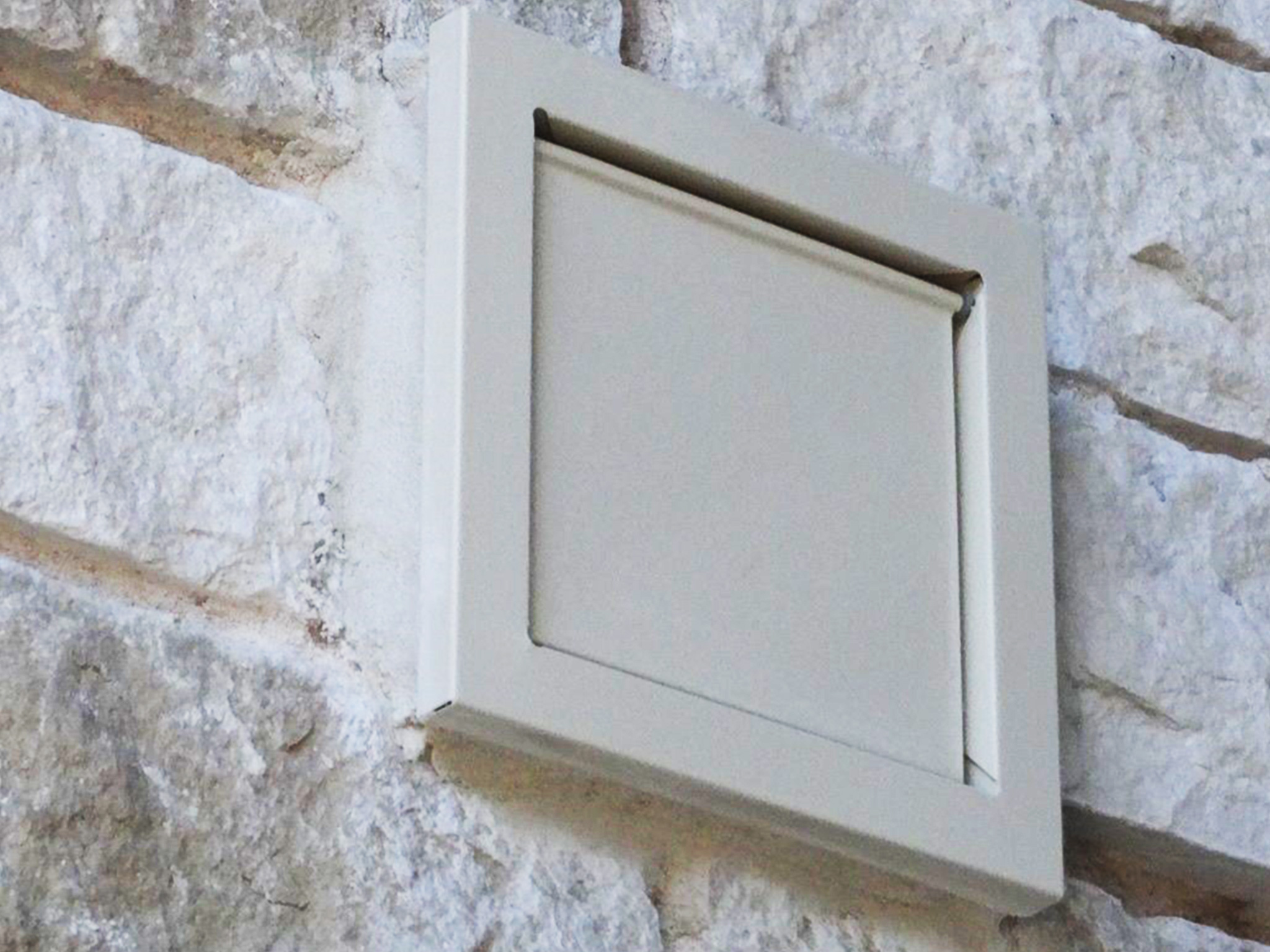
When installing a ventless dryer, it’s crucial to ensure the existing dryer vent system is properly sealed off to prevent future misuse. This involves capping the vent and labeling it clearly to indicate it’s not in use.
Capping the unused vent offers several safety advantages:
By following these steps, you can ensure the safety of your home and avoid potential complications in the future.
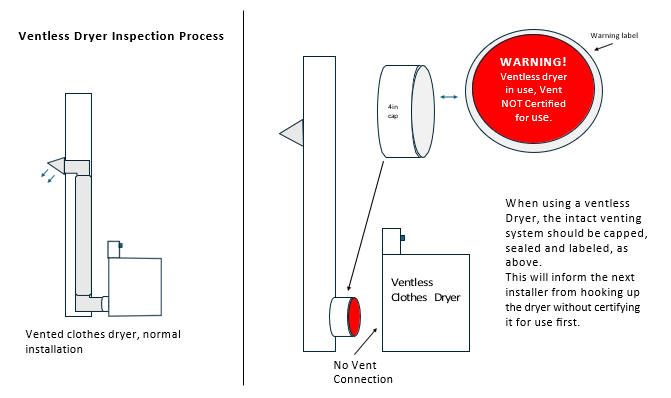
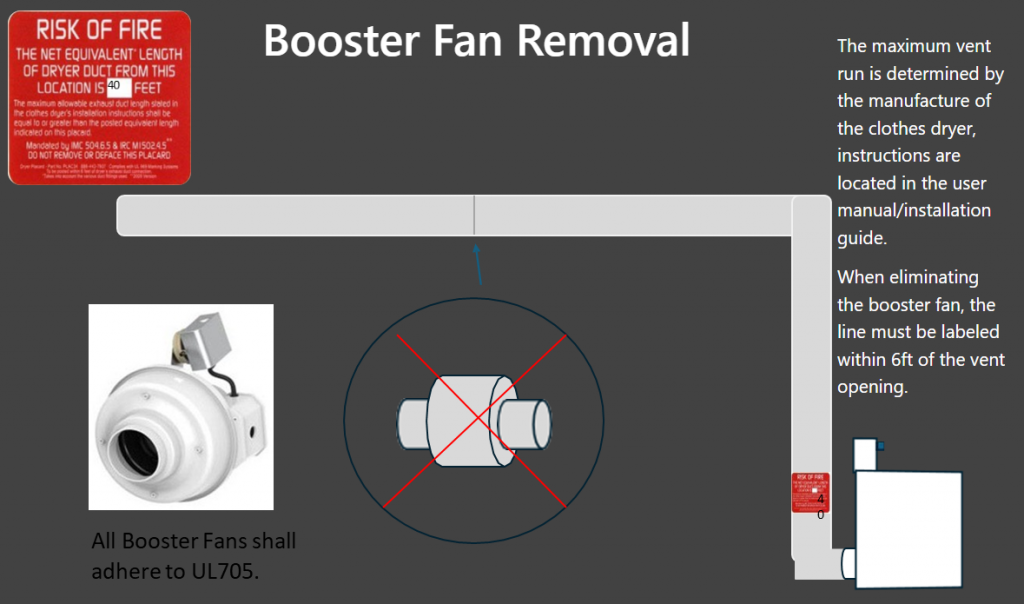
Many homes with long dryer vents have in-line booster fans installed to help remove moisture. But here’s the surprising fact: you might not actually need one!
Check the manual: The ultimate authority on your dryer vent system is the dryer’s installation manual. It specifies the maximum recommended duct length for optimal performance. Many modern dryers are built for longer vent runs, ranging from 60 to 120 feet, eliminating the need for booster fans in most cases.
Capping the unused vent offers several safety advantages:
By following these steps, you can ensure the safety of your home and avoid potential complications in the future.
Consider having your existing dryer vent system surveyed by a professional. They can assess:
Removal feasibility: If a booster fan is deemed unnecessary, they can advise on safe removal procedures.
Once removed, the previous location of the booster fan should be clearly labeled to avoid future confusion and ensure proper venting during future maintenance or appliance replacements.
By following these steps, you can avoid unnecessary costs associated with booster fans and ensure your dryer operates safely and efficiently.
Transition Ducts– The connection from dryer to the duct system, behind your dryer.
Your dryer’s transition duct acts a critical barrier, preventing lint fires from escaping the dryer and spreading into your home.

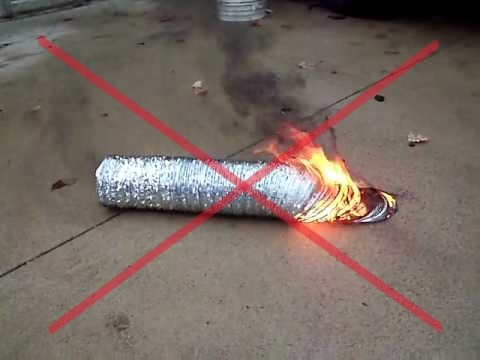
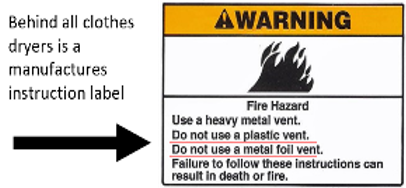

Dryer venting systems over time become disconnected and in need of repairs. Some systems were held together with common duct tape, which over time loses its adhesiveness and separate, causing lint to accumulate inside of walls/ceilings.
All ducts that enter walls, attics and ceilings must be rigid metal pipe (16 gauge) to adhere to building code standards.
Scope and Repairs: Scoping the dryer vent line with a camera to locate the disconnected vent pipe in the wall/ceiling is completed with a high-definition camera. A small 8in hole is created and the repair is made, then sealing the hole with a sheetrock patch and spackle.
Don’t forget the inside! Cleaning your dryer’s interior, along with the dryer vent, is crucial for fire prevention. Removing built-up lint from both areas significantly reduces fire risk.
For most dryers under normal use, a professional interior cleaning every 2-3 years is recommended.
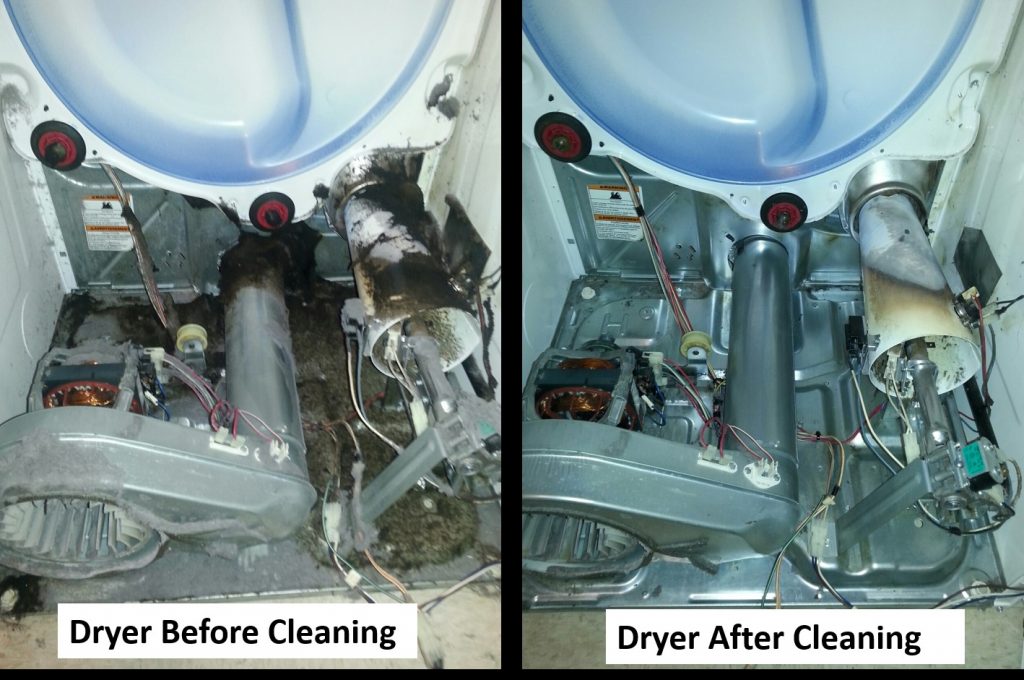
In multi-story apartment or condo buildings, clothes dryers typically vent into a shared system called a multiple flue venting system. Each dryer connects to a dedicated flue within this system, which runs vertically from the ground floor to the roof.
A powerful exhaust fan located on the roof helps maintain airflow throughout the system. This fan creates a constant draft that pulls lint-laden air from individual dryers and expels it out of the building.
For easy maintenance, the riser (vertical duct) should have a cleanout access panel at the bottom. This allows technicians to remove any lint buildup that could potentially obstruct airflow and pose a fire hazard.
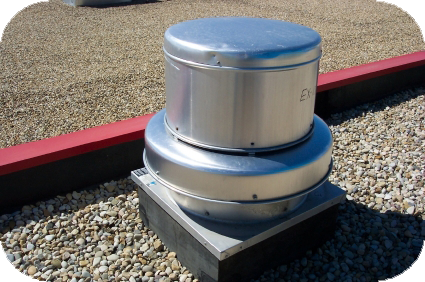

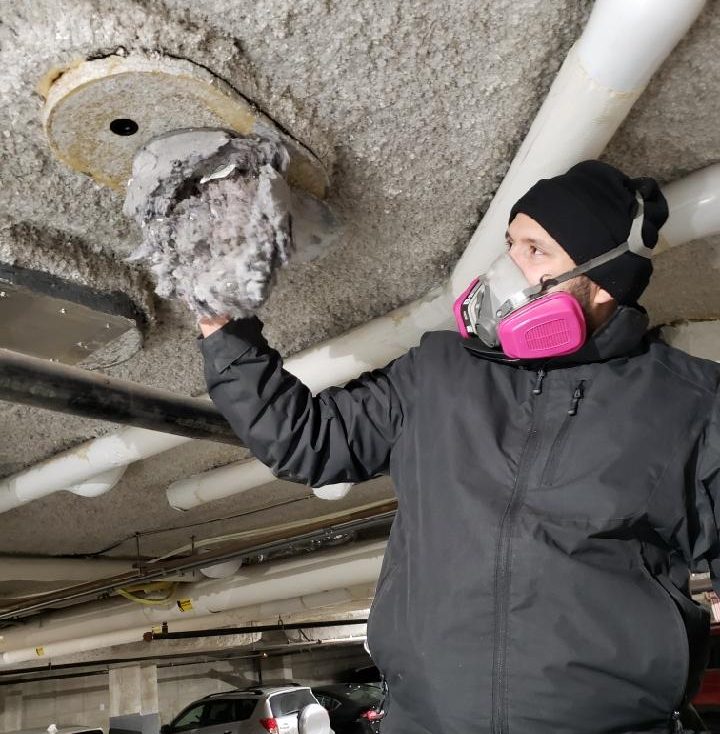
The recommended procedure is as follows:
Dryer vents should be cleaned every 2 years, if the total run is longer than normal (25ft), then we recommend every year.
Yes, we have cameras that can scope the line to locate the disconnection, we then make a small 8 inch hole in the ceiling or wall, make the repair and close it up.
Yes, we use a variation of hoods to match what is currently there.
Yes, we remove birds and nests that enter the system.
We recommend clubhouses and other public areas every 3 years.
Wood burning fireplaces should be inspected every year, Cleaned/Swept after each cord of wood is burned.
Apex will offer your community a group rate, even if they are not an exclusive vendor. We work with many managers and communities throughout NJ and PA, in an effort to offer the very best service at a fair price.
Let Apex take the guess work out of remembering which unit(s) need a dryer vent, air duct or chimney cleaning appointment. Our administrative staff diligently keeps accurate records for each community we service and will send reminders out to homeowners when routine cleanings are needed again.
We also offer external, non-contact dryer vent cleaning for those non-compliant tenants and those who would prefer contact-free dryer vent cleaning. We have state-of-the-art equipment which allows us to successfully and safely clean a dryer vent from outside the house.
Call for location closest to you. Our main office is located in Spotswood, NJ



Northern Office: Dumont, NJ: 732-955-6577
Central Office: 310 Ridge Rd, Dayton, NJ: 732-314-7171
Southern Office: 128 Beverly Dr, Barnegat, NJ: 732-314-7171